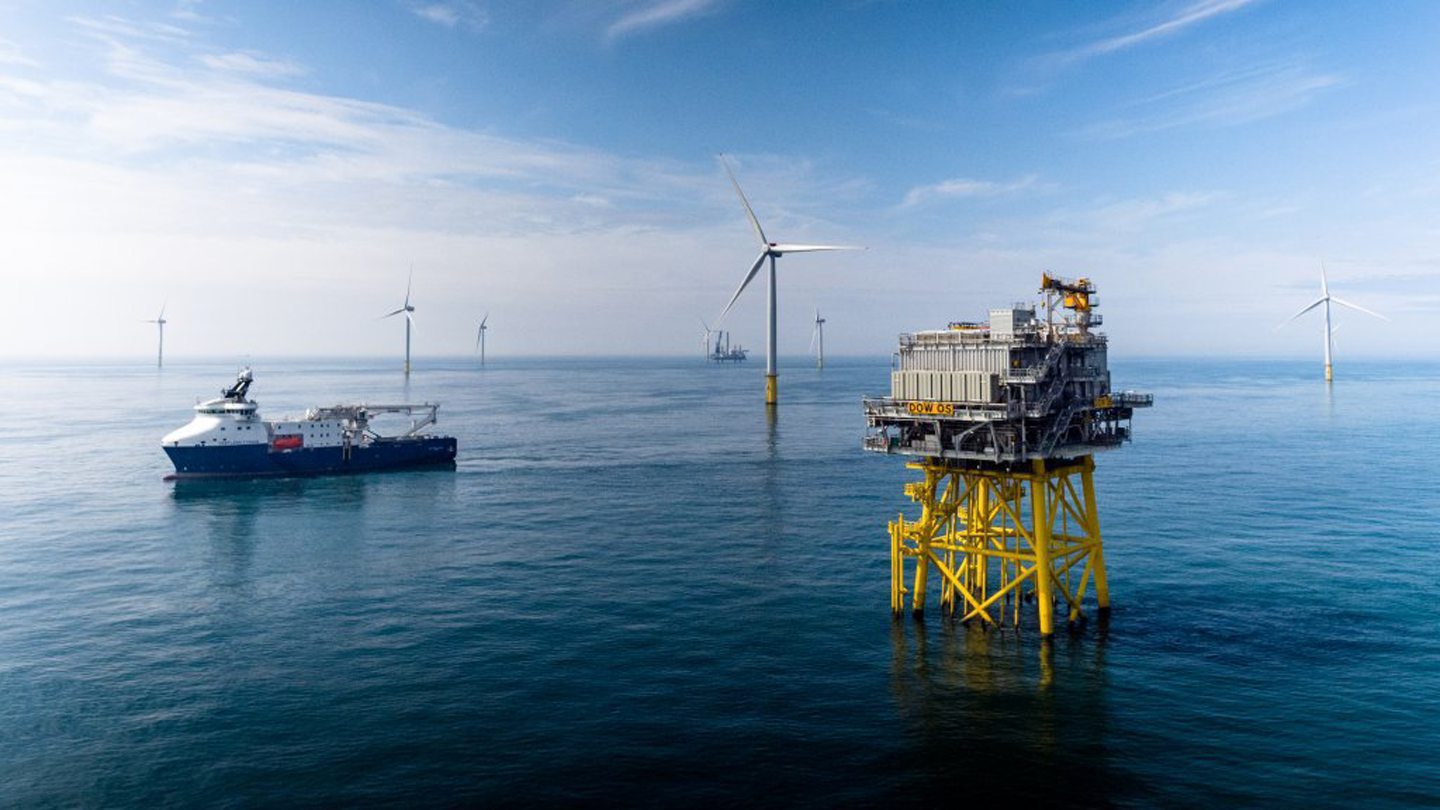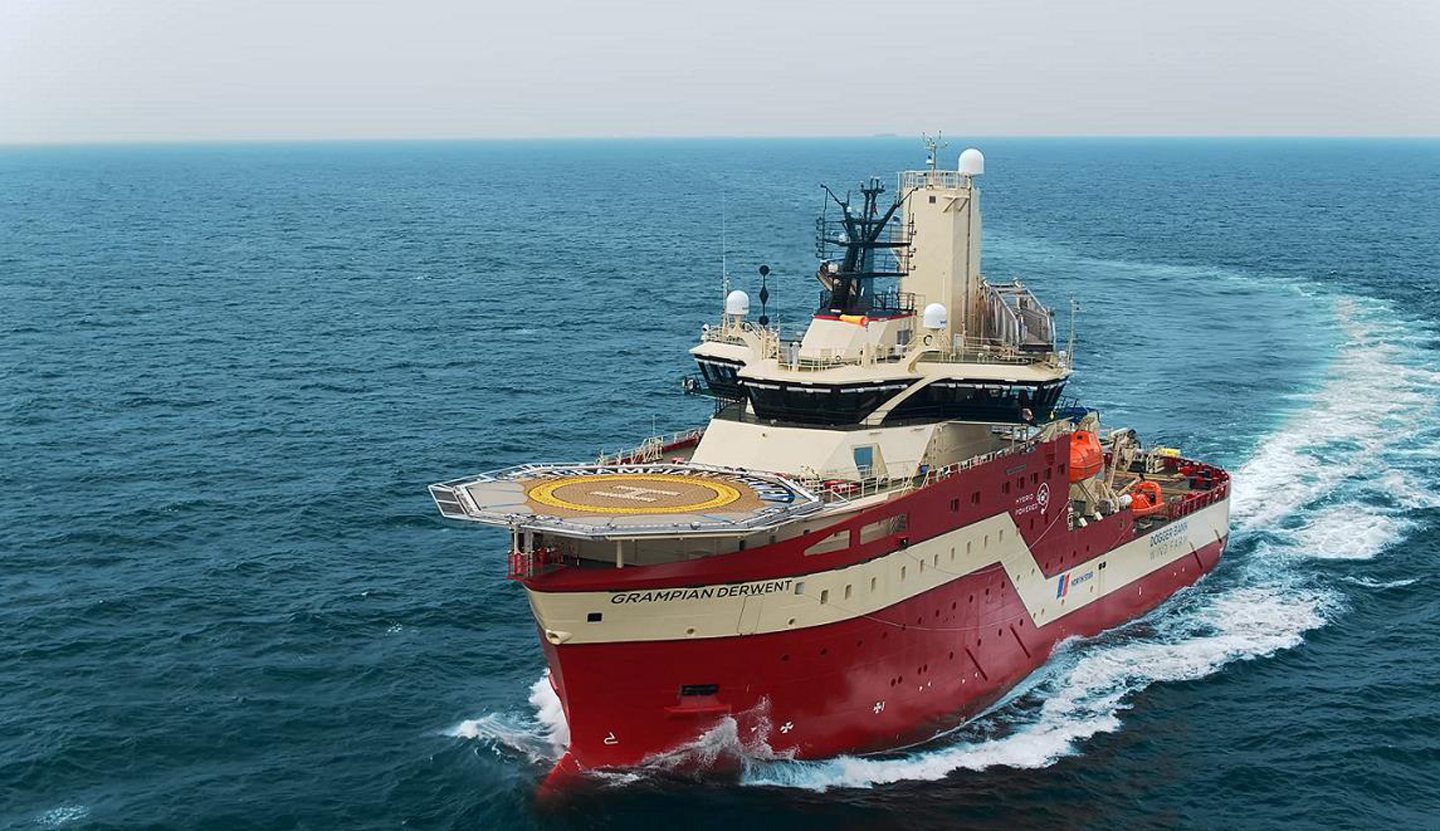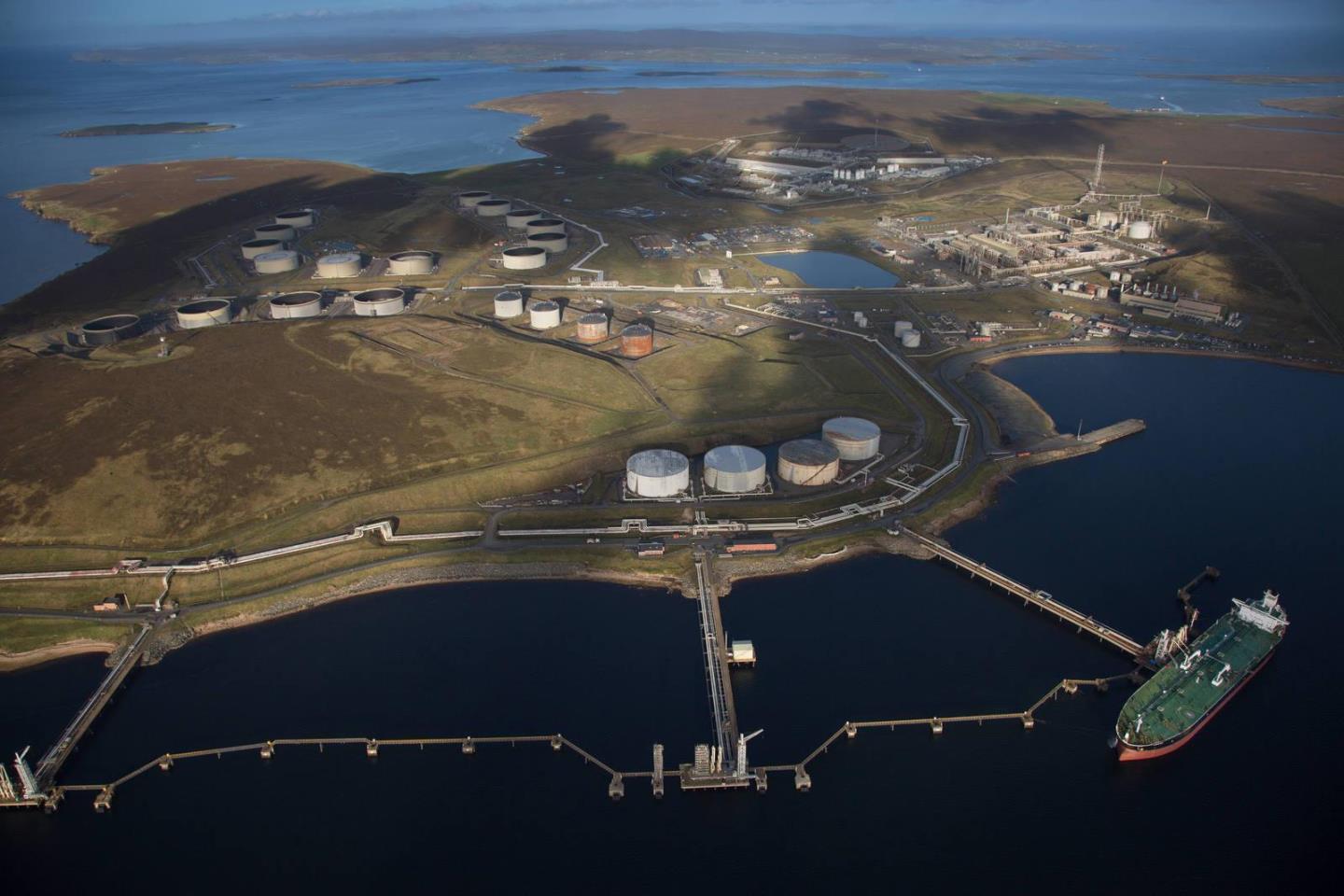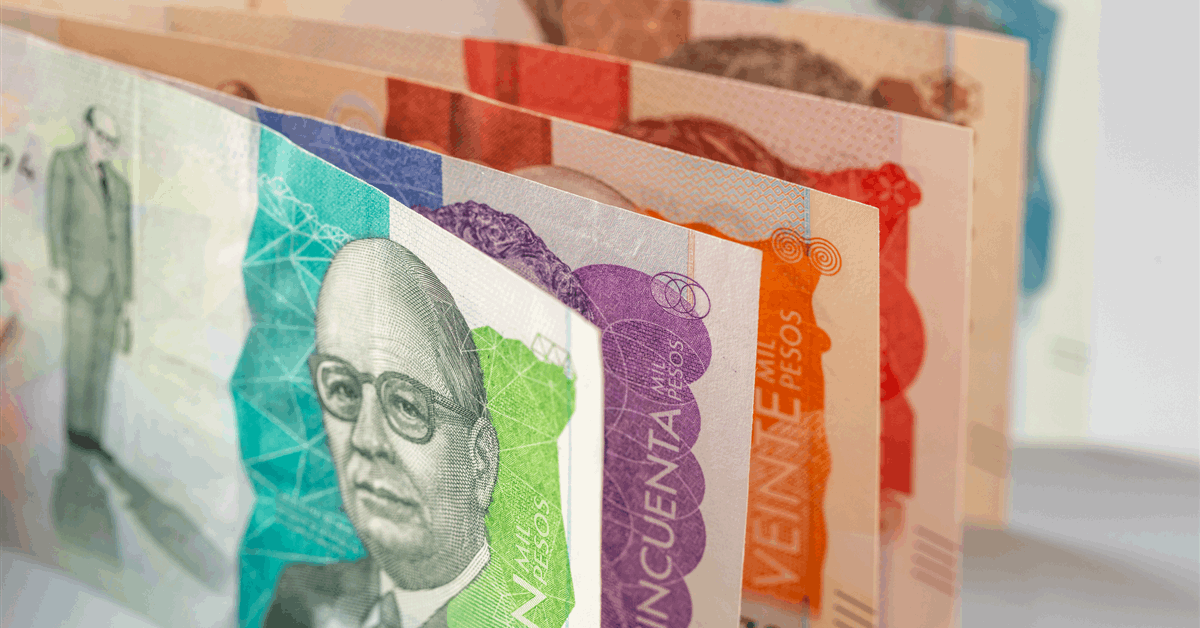It is possibly the strangest claim I’ve ever seen made about the UK energy industry, that the rollout of wind and solar power over the last decade has made the electricity supply “more British” as hydrocarbon production/imports continued their long-running decline.
As recently reported, last year just under half of Britain’s electricity supply was powered by foreign energy imports, down from 65% in 2014.
This was said by the Energy and Climate Intelligence Unit (ECIU), or rather a team at CBI Economic hired to carry out the research and deliver the clunkily-named report: ‘The Future is Green – the economic opportunities brought by the UK’s net zero economy’.
When it dropped into my mailbox, I quickly spotted the “more British” claim in the press release that came with it.
Simon Cran-McGreehin, ECIU’s head of analysis, literally said that “UK electricity is becoming more British and this is the net zero emissions target in action, decreasing our demand for foreign gas by boosting home-grown renewables.
“Gas output from the North Sea has been falling for decades, but British renewables like offshore wind are stepping in to help generate more British electricity.”
So I did a quick search of the report itself.
No sign of the words ‘more British’ there, however. The claim is fatuous!
How can it be “more British” when virtually the entire low-carbon energy industry growing up in the UK has been invested in, built by and operated by foreign companies?
Like the water industry and the railways, hardly any part of the green electricity revolution can be honestly described as British.
Much onshore power generation, once state-owned, is in foreign hands too.
And for the ECIU analyst to table such a claim is, I’m disappointed to have to say, beggars belief.
Ownership of UK power generation is in a terrible situation, and the foreign monopoly should never have been allowed to happen.
But it has, and I personally see no prospect of change in the future, despite the current UK government launching Great British Energy (GBE) and telling us that things are going to change.
For now at least, GBE is something of an enigma; with much confusion surrounding what it will do and how.
 © Supplied by Jan Arne Wold – Wold
© Supplied by Jan Arne Wold – WoldTo help me get my point across, let me quote from research by the organisation Common Wealth.
It carries out research and its low carbon energy mission in Britain is to “reimagine ownership to repair past harms and secure a future of sustainable and shared prosperity.”
Some of its analysis from 2022 sums up the then, and for that matter, current green energy ownership situation in the UK starkly.
“Much of our renewable riches are already in public ownership. They are, however, simply held by other governments,” says Common Wealth.
“Currently, 82.2% of all current and pending UK offshore wind capacity is foreign-owned.
“This includes a striking 44.2% of current offshore wind generation owned by public foreign ownership, including through state-owned and controlled enterprises, and 38% of pending capacity; meaning 42.2% of the UK’s current and pending offshore wind capacity is in foreign public ownership in some form.
“By contrast, just 0.03% is owned by UK public entities, less than the Malaysian government (0.1%) or the city of Munich (0.85%).”
To add to the insult, Common Wealth warns that the green levies charged onto our energy bills and CfD (contracts for difference) put billions of pounds into the pockets of foreign state-owned and foreign private entities.
Here’s an example: the Dudgeon offshore wind farm operated by the Norwegian state-owned Equinor and partnered by Masdar (Abu Dhabi state-owned) and China Resources, also state-owned.
According to Common Wealth, with a capacity of 402MW and a lifetime capacity factor so far of 47.5%, it produces a yearly average of 1.67TWh, which, at a strike price of £150/MWh, generates £251million a year in revenues for its owners, paid for by a combination of customers and government subsidies.
 © Supplied by North Star
© Supplied by North StarThen there’s the small matter of the supply chain, which is again overwhelmingly foreign-controlled.
Even what was once so quintessentially Aberdonian, North Star Shipping, is these days Swiss-owned.
The UK doesn’t have an offshore turbine manufacturer to its name, and only a small stake in the manufacture of towers, transition pieces and substructures. Ditto for cabling.
Onshore is little different, mostly foreign-owned.
This includes the once state-owned nuclear power generation, now in the hands of the French state-owned company EDF, while the Big Six power utility companies are largely foreign-owned too.
Solar too is a magnet for foreign players such as Equinor, Orsted and China Sunergy and overseas capital.
Aside from the setting up of GB Energy, there is at least one other positive step in the right direction.
On October 1, the Starmer administration renationalised the British power transmission system operator National Grid to create the National Energy System Operator (NESO) in a £630 million deal to support energy security, help to keep bills down and accelerate the current government’s clean power mission.
So, GB Energy and NESO aside, for Simon Cran-McGreehin to claim that our electricity is “more British” than before is tripe.




















